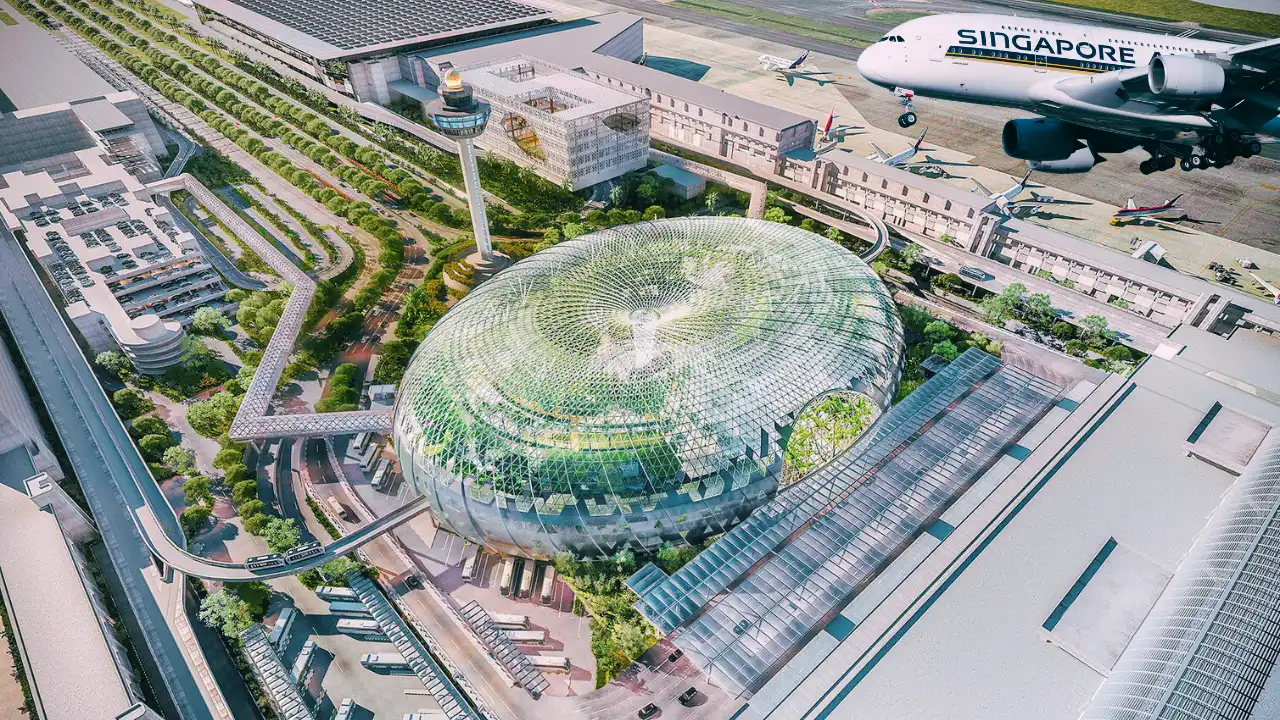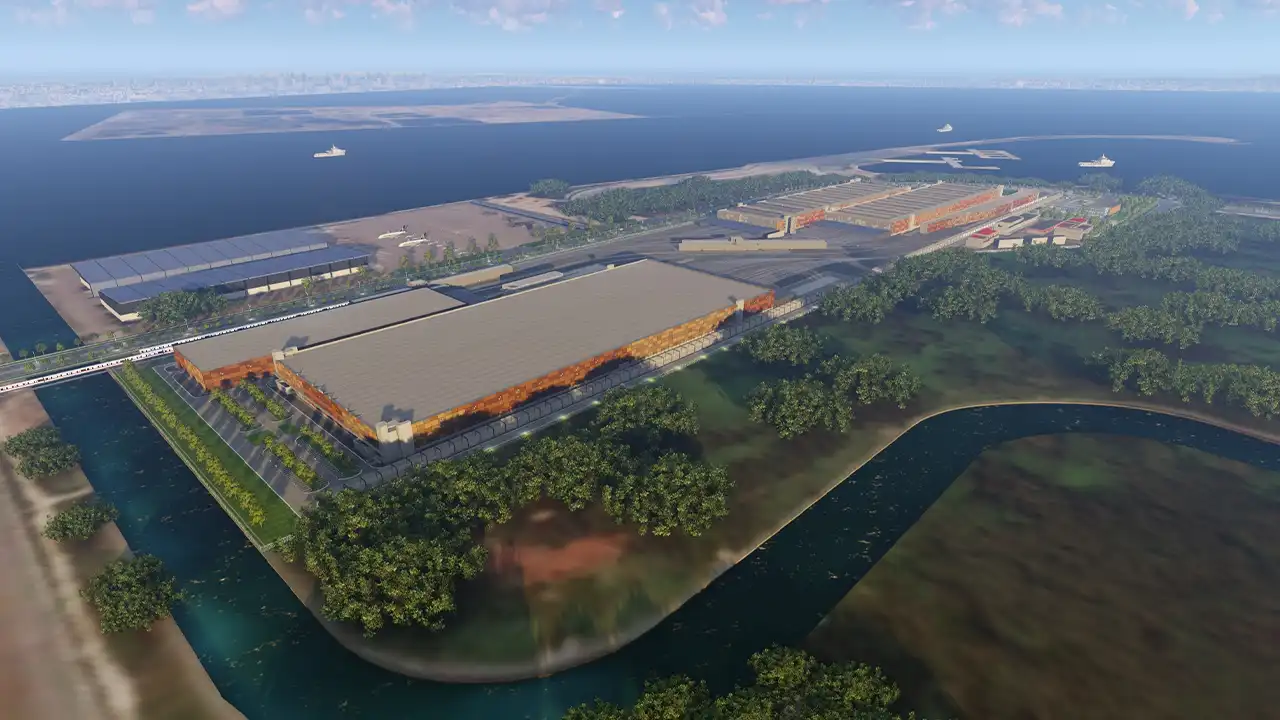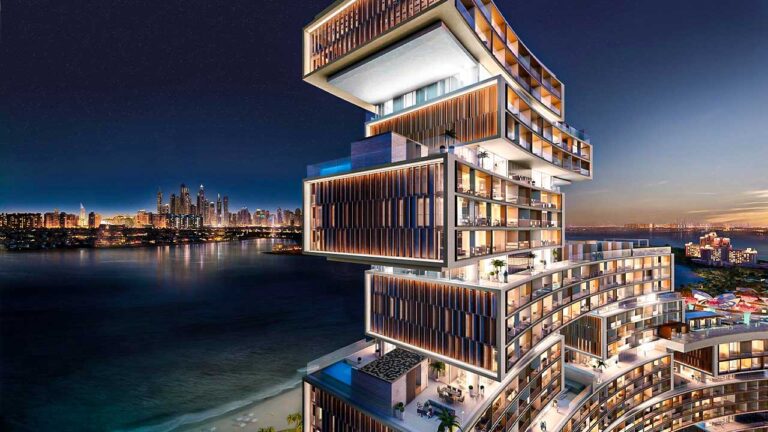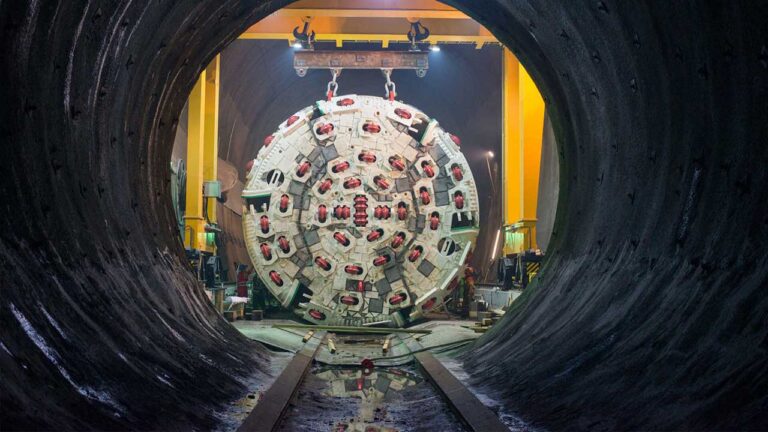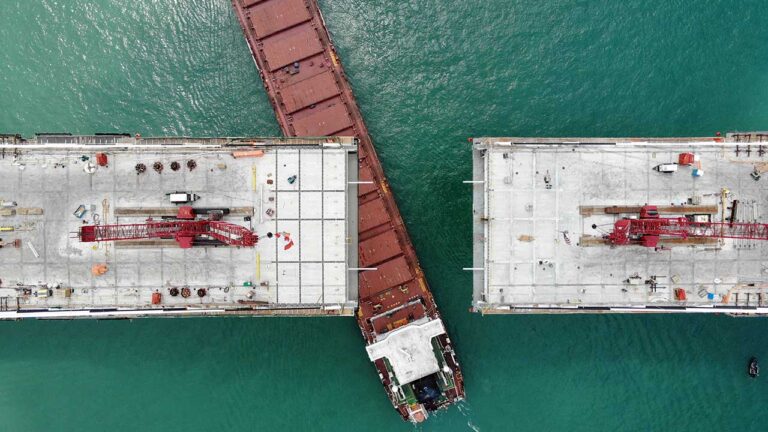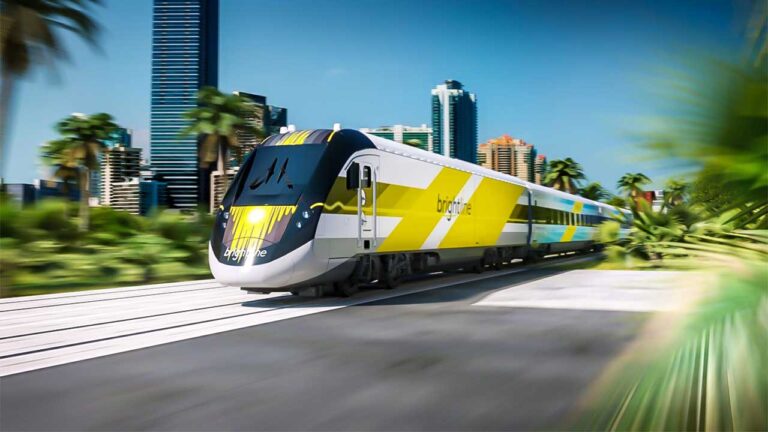Singapore’s $7.5 Billion Bet: How Changi Airport Is Rewriting the Future of Air Travel
Singapore isn’t just expanding an airport. It’s challenging the very idea of what air travel should feel like. As the rest of the world catches its breath from post-COVID turbulence, Changi Airport is stepping into the next era deliberately, ambitiously, and unapologetically ahead of its time.
The project isn’t a renovation. It’s a full-scale reimagining. One that spans over a thousand hectares of reclaimed land, costs more than $7.5 billion, and aims to deliver a terminal so advanced that others may spend decades playing catch-up. When I saw the plans, it didn’t feel like an airport blueprint. It felt like a vision for an entirely new way to travel.
Why Changi Airport Must Grow
Asia-Pacific is quickly becoming the heart of global air travel. The International Air Transport Association projects that this region will handle over 4.5 billion passengers annually by 2043 almost half of global air traffic. Singapore’s geographic position places it right in the path of this aviation tidal wave. Yet that advantage only matters if it’s matched with infrastructure capable of absorbing such growth.
Changi Airport is already nearing its limits, handling close to 90 million passengers a year. Forecasts suggest that number could swell to 140 million within two decades. Meanwhile, regional competitors Bangkok’s Suvarnabhumi, Seoul’s Incheon, and Kuala Lumpur International are expanding fast and chasing international transit traffic aggressively.
This isn’t just about prestige. If Changi doesn’t evolve, it risks becoming irrelevant. That’s why the Changi East Development isn’t a luxury. It’s a survival strategy and a future-proofing plan rolled into one.
Terminal 5
At the core of this massive development is Terminal 5, a mega-terminal that alone will process up to 50 million passengers annually, with capacity to scale even higher. That’s nearly the passenger load of London Heathrow, but in a single, purpose-built terminal.
Designed by Kohn Pedersen Fox Associates and Heatherwick Studio, T5 isn’t just another sleek structure. It merges design and psychology, reflecting Singapore’s identity as a “City in a Garden.” The terminal will offer travelers sunlight-filled concourses, lush interior gardens, and quiet corners that blend aesthetics with comfort.
This biophilic approach isn’t just for show. It reduces stress, lowers noise levels, and cuts down on cooling costs vital in Singapore’s tropical climate. These design decisions turn transit into something travelers actually look forward to.
Just beyond Singapore, Kuwait is making its own move with a $4.3 billion mega airport designed by Foster + Partners—a futuristic terminal shaped like a desert flower, aiming to redefine air travel in the Gulf and position Kuwait as a regional hub.
Built to Bend, Not Break
If the COVID-19 pandemic taught us anything, it’s that airports need to be flexible. Terminal 5’s internal zones are modular and reconfigurable. They can shift function based on seasonal traffic patterns, airline needs, or emergency conditions. That means no wasted space, and no bottlenecks during global disruptions.
Technology plays a silent but vital role. Biometric facial recognition will be integrated across check-in, immigration, and boarding. Contactless kiosks reduce touchpoints. A unified airport app syncs passenger data with real-time flight, gate, and queue information, making the journey faster and less frustrating.
This seamless passenger flow isn’t a convenience anymore it’s a requirement.
Future-Proofed Sustainability
Terminal 5 is being built with long-term climate goals in mind. Rooftop solar panels will power critical systems. Rainwater harvesting will reduce reliance on municipal supply. Advanced ventilation systems will auto-adjust based on occupancy and weather conditions, lowering energy demand.
Smart building materials include antimicrobial surfaces and HEPA-grade air filters, incorporated not as add-ons, but as fundamental components of the design. Changi isn’t reacting to past risks. It’s anticipating future ones and baking resilience into the structure from day one.
Infrastructure Below the Surface
The expansion goes far beyond a shiny new terminal. A new third runway, extended to 4 kilometers, will accommodate next-generation wide-body aircraft such as the Airbus A350 and Boeing 777X. Over 40 kilometers of new taxiways will support smooth operations and prevent tarmac congestion.
Underground, the airport is building an intricate tunnel network. These tunnels will move baggage, support utilities, and allow secure transport of cargo all separated from passenger zones. That makes the surface quieter, safer, and more efficient.
This design echoes best practices seen at airports like Munich and Doha, but on a larger, more integrated scale.
Changi East Industrial Zone: The Unsung Engine
Next to the passenger-focused Terminal 5 lies the Changi East Industrial Zone. This area will house Singapore’s cargo and aerospace operations. Cargo capacity will grow from 3 million to 5.4 million tons per year, anchoring Singapore’s role as a logistics superhub between Asia and Europe.
The zone will also host MRO (Maintenance, Repair, Overhaul) operations, providing airlines with a one-stop hub for aircraft maintenance right next to their operational terminals. That creates a vertically integrated airport ecosystem where goods, planes, and people move in harmony.
Funding, Timelines, and Realistic Expectations
The Changi East Development comes with a $7.5 billion price tag. Funding is a hybrid of government investment, Changi Airport Group reserves, and aviation charges. It’s a long play and one with risks.
Construction officially restarted in May 2025 after pandemic-related delays paused the project for nearly three years. But planners used that downtime to recalibrate. They improved public health features, expanded contingency zones, and upgraded IT infrastructure to handle long-term automation and AI-based traffic control.
Completion is slated for the mid-2030s. That’s aggressive for a project of this size, but not unachievable. Phased rollouts will begin earlier, starting with supporting infrastructure and key logistics functions.
Engineering Against Nature
Changi East is being built on reclaimed land a practice Singapore has mastered over decades. But it comes with significant challenges. Reclaimed land has unstable soils that require deep piling and advanced settlement monitoring. Drainage must be precise. Foundation work is both critical and costly.
Environmental critics also raise valid concerns. Land reclamation disrupts marine biodiversity. Singapore claims to use “impact-minimized” methods and pledges to restore surrounding habitats. But marine scientists remain skeptical, especially as climate pressures tighten.
Singapore will need to prove through action, not words that it can balance growth with responsibility.
Why the Risk Is Worth Taking
Building something this complex in a time of global uncertainty is a gamble. Travel demand could dip. Geopolitical instability could shift routes. Climate disasters could disrupt timelines. Yet the rewards are too great to ignore.
Tens of thousands of jobs are already being created across construction, engineering, logistics, aviation, and tech. The project boosts national GDP and positions Singapore as a permanent gateway between continents.
More than that, Terminal 5 offers a clear, tangible advantage: a frictionless, beautiful, and safe travel experience. That matters in a world where passengers are tired of stress and chaos. Airports that can offer emotional comfort alongside operational reliability will own the future.
Looking Ahead
Changi Airport isn’t just preparing for the next travel boom. It’s designing an environment that still makes sense in 2080.
You can feel the difference when you’re there. The atmosphere doesn’t shout. It breathes. It guides. It adapts. The systems hum in the background, and you move without thinking, without frustration, without fear. That’s what the future of aviation should feel like. And in Singapore, it’s already being built.
That vision hinges on more than just Changi. Just across the water, Long Island a bold new land reclamation project is rising, promising to either safeguard Singapore’s future or trigger environmental backlash the country may not be ready for.

